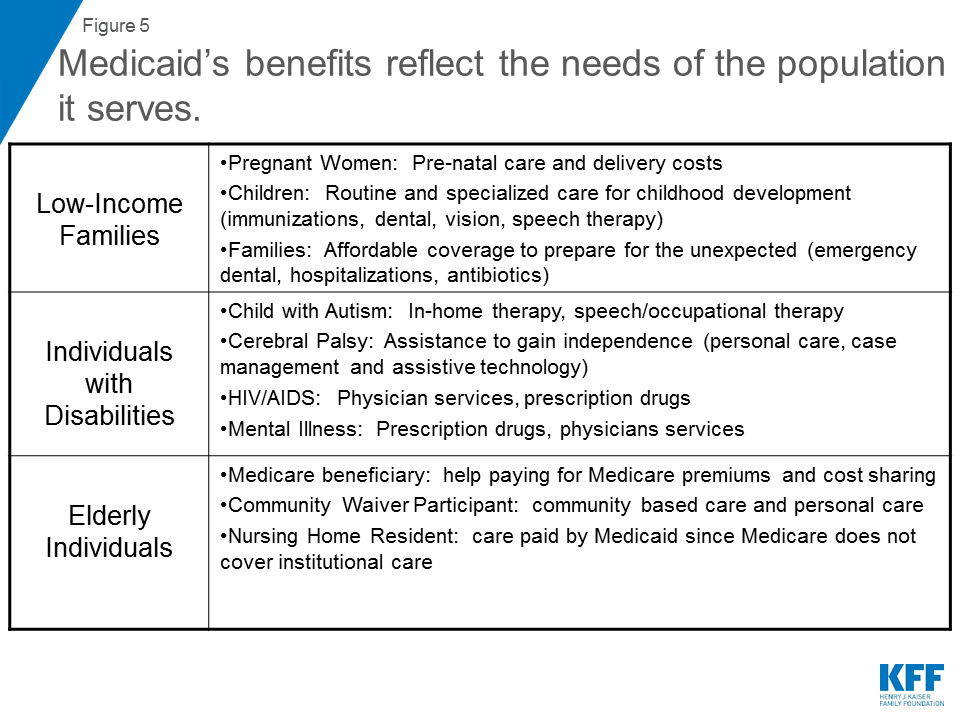Medicaid, a joint federal and state program, provides essential health coverage to millions of low-income individuals and families across the United States. While Medicaid offers invaluable support, it’s crucial to understand the potential downsides and challenges associated with this program. In this comprehensive article, we’ll delve into the various disadvantages of Medicaid, shedding light on the aspects that often go unnoticed.
Lower Reimbursement Rates and Reduced Revenue
One of the primary drawbacks of Medicaid for healthcare providers is the lower reimbursement rates compared to commercial insurance plans. According to Checkpoint EHR, “Medicaid reimbursements are lower than those of commercial insurers for most procedures and treatments.” This lower reimbursement rate can significantly impact a medical practice’s revenue and profitability.
Medical practices with a substantial Medicaid patient base may find it challenging to maintain financial sustainability. Additionally, Medicaid patients often have limited financial resources, making it difficult for them to opt for elective treatments or purchase brand-name medications, further reducing potential revenue for healthcare providers.
Administrative Burden and Overhead
Accepting Medicaid patients can introduce a significant administrative overhead for healthcare providers. Checkpoint EHR highlights that “The level of documentation required for reimbursement is far greater than that required by commercial insurers.” This increased paperwork and documentation requirements can strain resources and increase operational costs.
Moreover, Medicaid often mandates annual audits and pre-authorization requests, which can delay the delivery of treatment and necessitate additional appointments. This administrative burden can impact a practice’s efficiency and productivity, potentially reducing the number of patients they can accommodate.
Unequal Funding and Potential Discrimination
According to The Coleman Law Firm, “States do not always allocate Medicaid funding fairly among wealthy and underserved communities.” This unequal distribution of funds can lead to disparities in healthcare access and quality, potentially resulting in discrimination against Medicaid patients.
In areas where Medicaid funding is scarce or inadequate, patients may experience difficulties finding healthcare providers willing to accept Medicaid, or they may face longer wait times and limited access to specialized care. Additionally, some providers might change the level of care provided to Medicaid patients, which could compromise the quality of their healthcare experience.
Delayed Payments and Financial Uncertainties
Another potential downside of Medicaid is the uncertainty surrounding payment timelines. The Coleman Law Firm warns that “You never know when the government may delay Medicaid provider payments. Sometimes, the program delays payments by a year for services rendered.”
Delayed payments can create financial strain for healthcare providers, particularly those who rely heavily on Medicaid reimbursements to sustain their practice. This unpredictability can make it challenging to manage cash flow and maintain financial stability, potentially impacting the quality of care provided.
Denied Coverage and Unexpected Costs
In some cases, Medicaid may refuse to cover certain procedures or services that it deems unnecessary or experimental. As The Coleman Law Firm notes, “If Medicaid classifies a service you received as unnecessary or experimental, it may not cover it.” This can leave patients with unexpected out-of-pocket costs or the inability to access potentially life-saving treatments.
Furthermore, Medicaid’s coverage limitations and eligibility requirements may vary from state to state, adding another layer of complexity for both patients and healthcare providers navigating the system.
Limited Provider Participation and Access Challenges
Due to the lower reimbursement rates and administrative burdens associated with Medicaid, some healthcare providers may choose not to participate in the program. This can lead to a shortage of participating providers, particularly in rural or underserved areas, making it challenging for Medicaid beneficiaries to access necessary care.
The Coleman Law Firm highlights this issue, stating, “Depending on where you live in Florida, physicians in your area who accept Medicaid may become overwhelmed with treating qualifying patients. If that happens, you may travel over 100 miles to receive medical care.”
Conclusion
While Medicaid plays a vital role in providing healthcare access to millions of Americans, it is essential to acknowledge and address the potential downsides and challenges associated with the program. From lower reimbursement rates and administrative burdens to unequal funding distributions and delayed payments, these factors can impact the quality of care, provider participation, and overall healthcare experience for Medicaid beneficiaries.
Addressing these issues requires a collaborative effort involving policymakers, healthcare providers, and stakeholders. By understanding the downside of Medicaid, we can work towards implementing reforms and solutions that ensure a more equitable and sustainable healthcare system for all, regardless of their socioeconomic status.
Is Medicaid Coverage Better or Worse than Private Insurance?
FAQ
What is the biggest flaw Medicaid?
What is the struggle for patients with Medicaid?
What are the pros and cons of Medicare?
Why you think the government should or should not require all providers to accept Medicaid patients?

